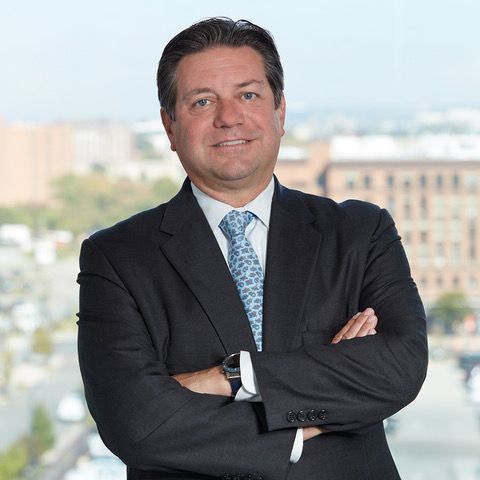- Safety & Recalls
- Regulatory Updates
- Drug Coverage
- COPD
- Cardiovascular
- Obstetrics-Gynecology & Women's Health
- Ophthalmology
- Clinical Pharmacology
- Pediatrics
- Urology
- Pharmacy
- Idiopathic Pulmonary Fibrosis
- Diabetes and Endocrinology
- Allergy, Immunology, and ENT
- Musculoskeletal/Rheumatology
- Respiratory
- Psychiatry and Behavioral Health
- Dermatology
- Oncology
New Report: Generics, Biosimilars Saved $373 Billion
In 2021, patients in the United States received 6.4 billion prescriptions, 91% of which were generic and biosimilar medicines.
The U.S. healthcare system saved $373 billion in 2021 by using generic and biosimilar drugs, according to a new report. In addition, the total generic and biosimilar savings in Medicare for 2021 was $119 billion, while the total savings for commercial plans was $178 billion, according to the Association for Accessible Medicines (AAM)’s 2022 U.S. Generic & Biosimilar Medicines Savings Report.
Ninety-one percent of the prescriptions filled in the United States in 2021 were filled with generic drugs, but those prescriptions accounted for only 18.2% of the country’s drug spend, the report said.
Additionally, 93% of generic drugs have copays less than $20 (compared with 59% of brand-name drugs), and their average copay is $6.16 compared with an average out-of-pocket cost of $56.12 for their brand counterparts, AAM said in a news release.
As biosimilar medications approach nearly 30% of the overall biologics market, they saved patients more $7 billion dollars in 2021, AAM found. The average sales price for biosimilars is on average 50% less than the reference brand biologic price. “Further, competition from biosimilars has reduced the average sales price of their corresponding reference biologic by an average of 25%,” AAM said.
Conversely, the share of spending attributable to brand drugs has risen even as the total number of prescriptions filled by brand drugs has declined, the report said.
Dan Leonard

However, the savings produced by biosimlars and generics are often taken for granted and are “increasingly at risk,” said Dan Leonard, president and CEO of AAM. “Today, as a result of business decisions by middlemen, patients pay more than they should or are even prevented from the benefits of lower-cost generics and biosimilars overall. Policymakers must address these challenges and ensure patient access to more affordable generic and biosimilar medications.”
Thanks to new biosimilar competition, “more patients are receiving the care and medicines that they need,” added Craig Burton, executive director of the Biosimilars Council. “But new challenges on the horizon demand attention, including the launch of new pharmacy benefit biosimilars, ongoing gaps in biosimilar adoption, and brand rebate traps that continue to exploit perverse incentives in the health care system.”
The report also found that total generic and biosimilar savings for the past 10 years reached more than $2.6 trillion, and that generics represent only 3% of all healthcare spending.
The report used independent research from IQVIA.
Payers Recognize the Benefits, but Still See Weight Loss Drugs through a Cost Lens
April 12th 2024Jeffrey Casberg, M.S., R.Ph., a senior vice president of clinical pharmacy at IPD Analytics LLC, a drug intelligence firm that advises payers and pharmaceutical companies, talks about how payers are thinking about weight-loss drugs.
Humira Biosimilars Have a Slow Uptake, Finds Samsung Bioepis Report
April 8th 2024Caps on Medicare Part D cost sharing as a result of the Inflation Reduction Act, could reduce members’ financial incentive for switching to a biosimilar, suggests the newest Samsung Bioepis Quarterly Biosimilar Market Report.
